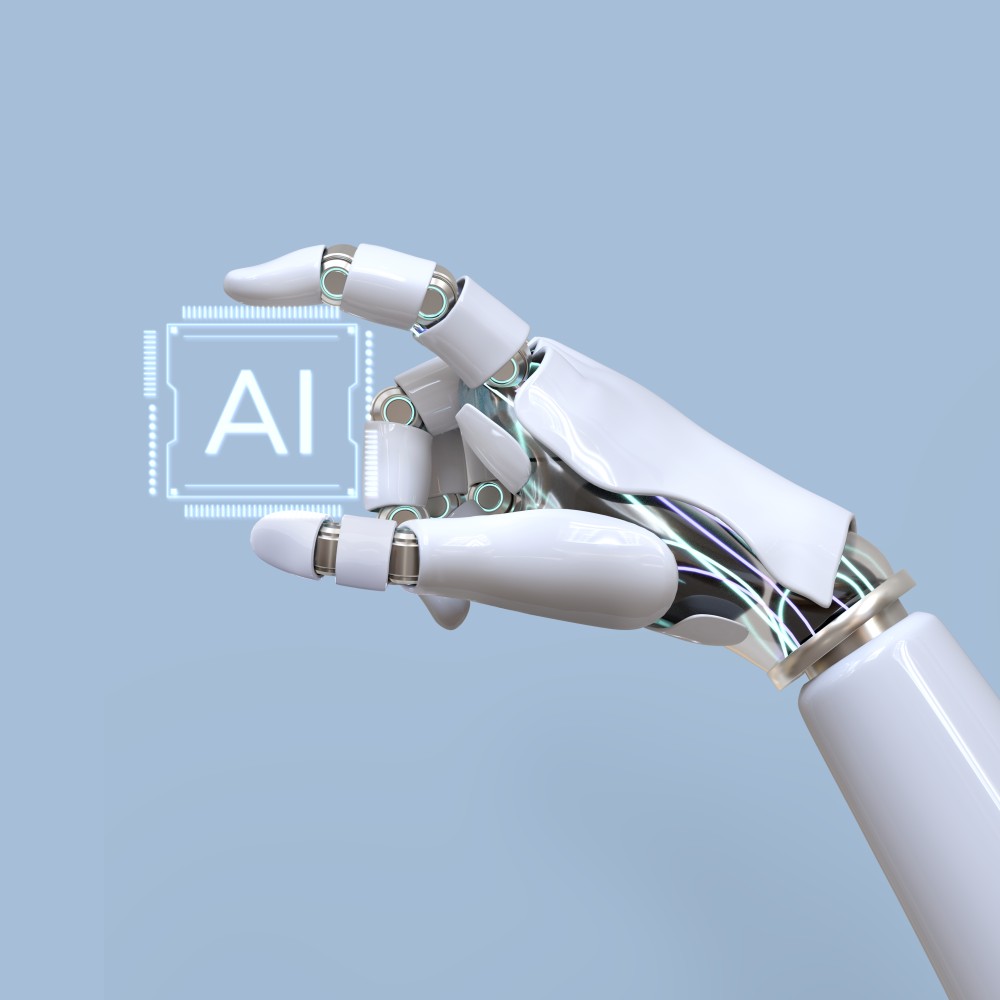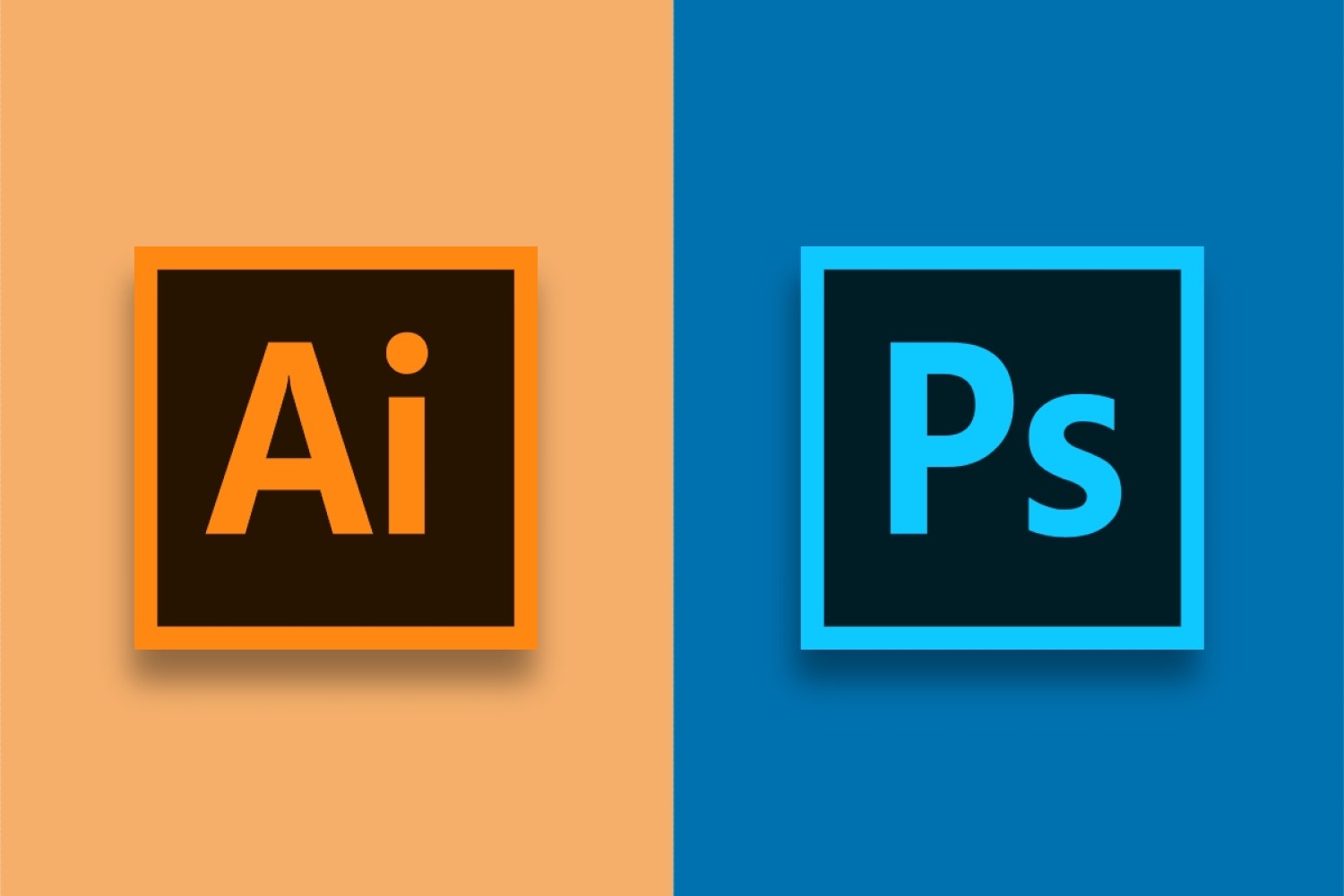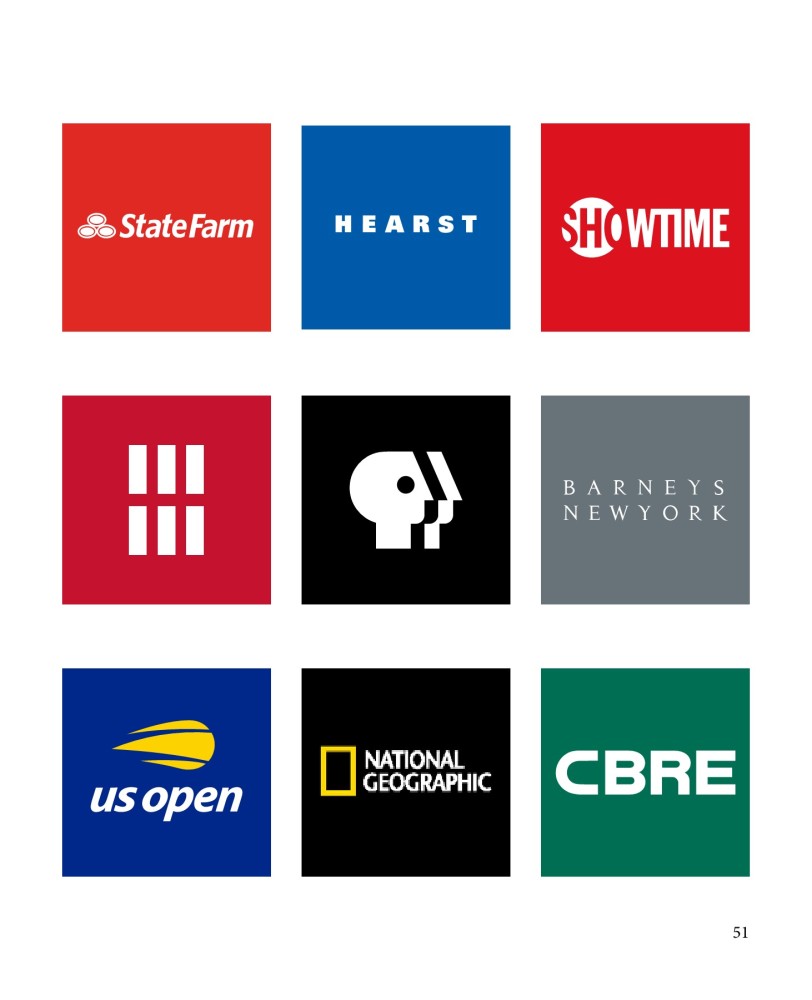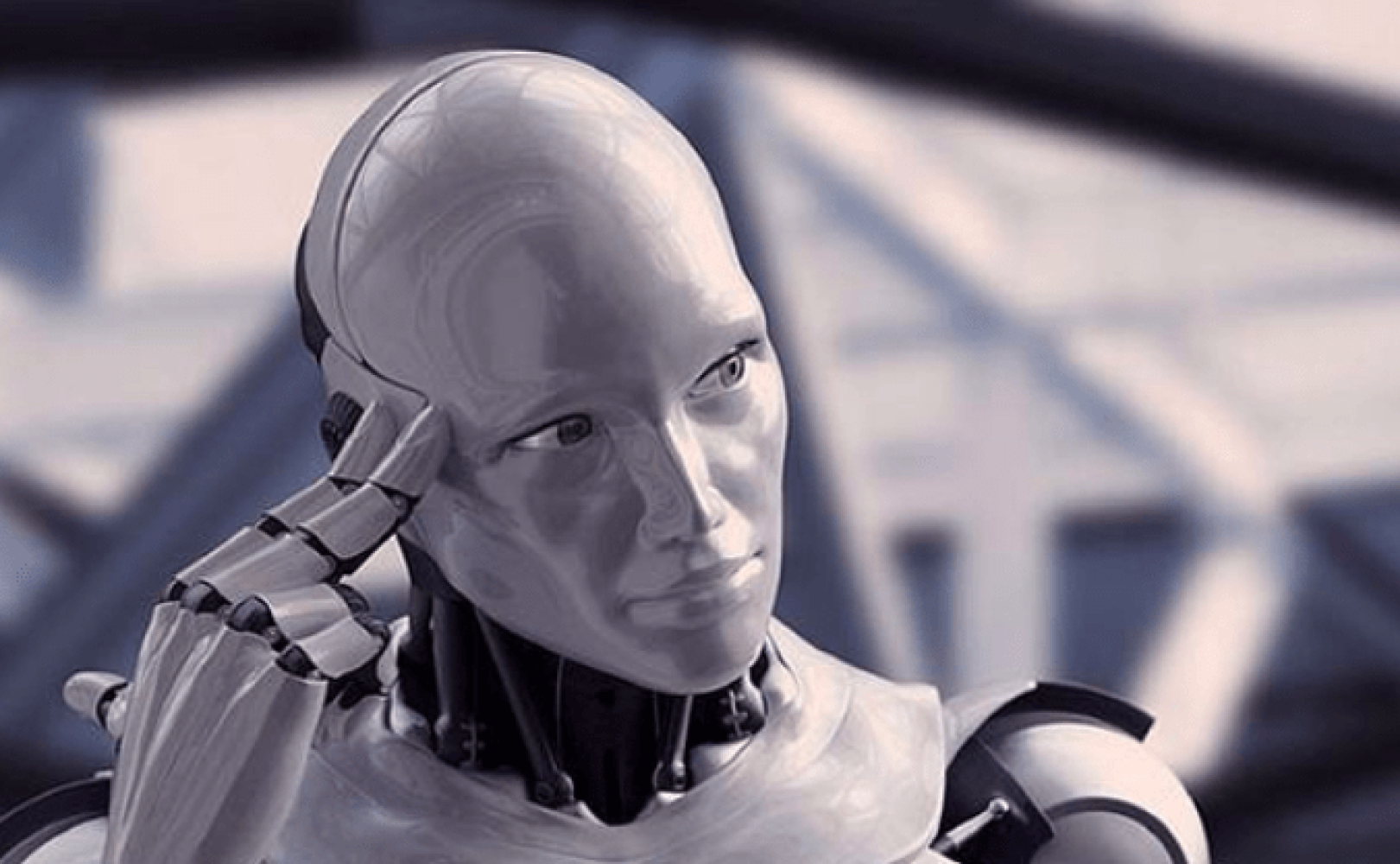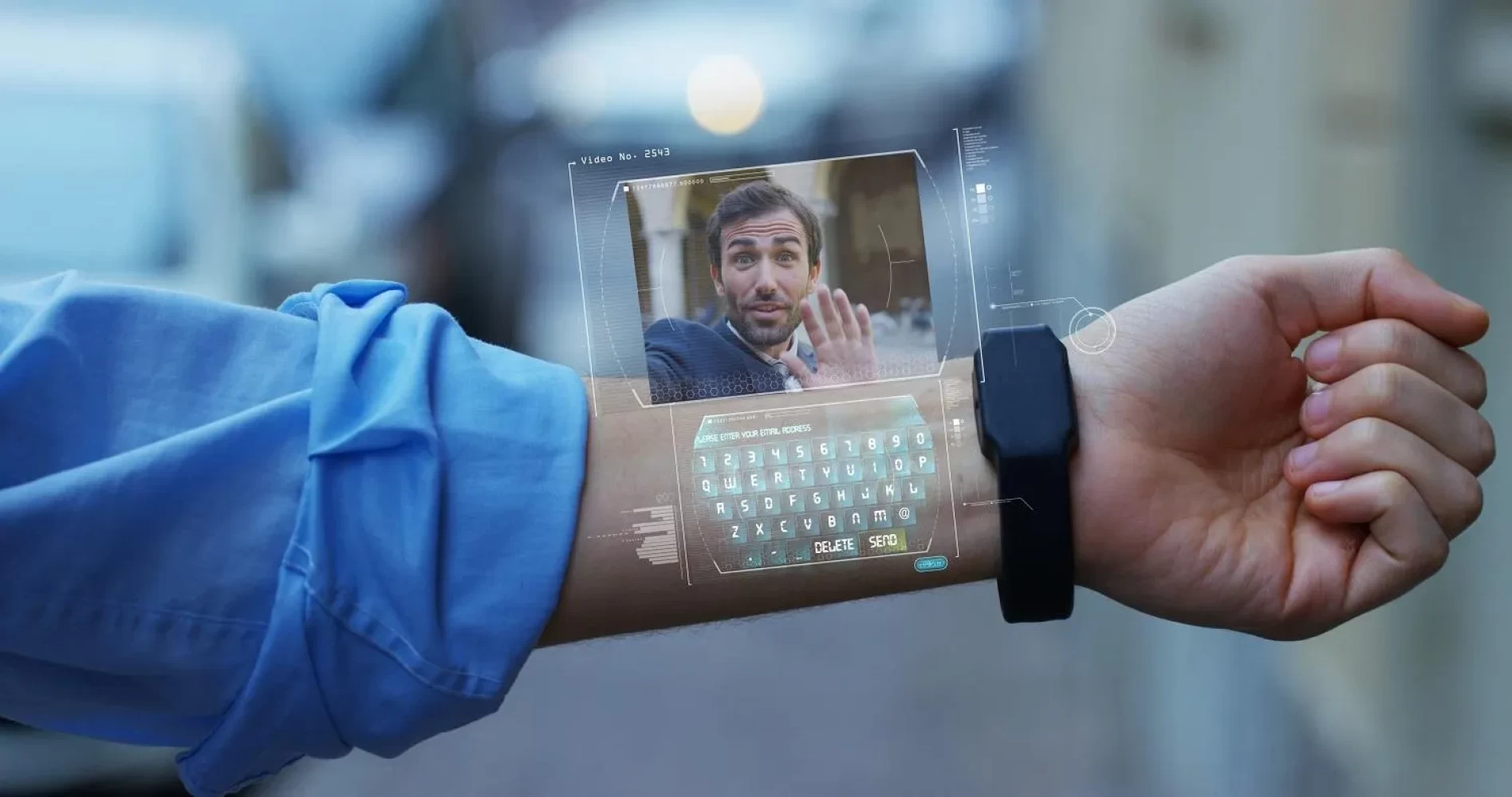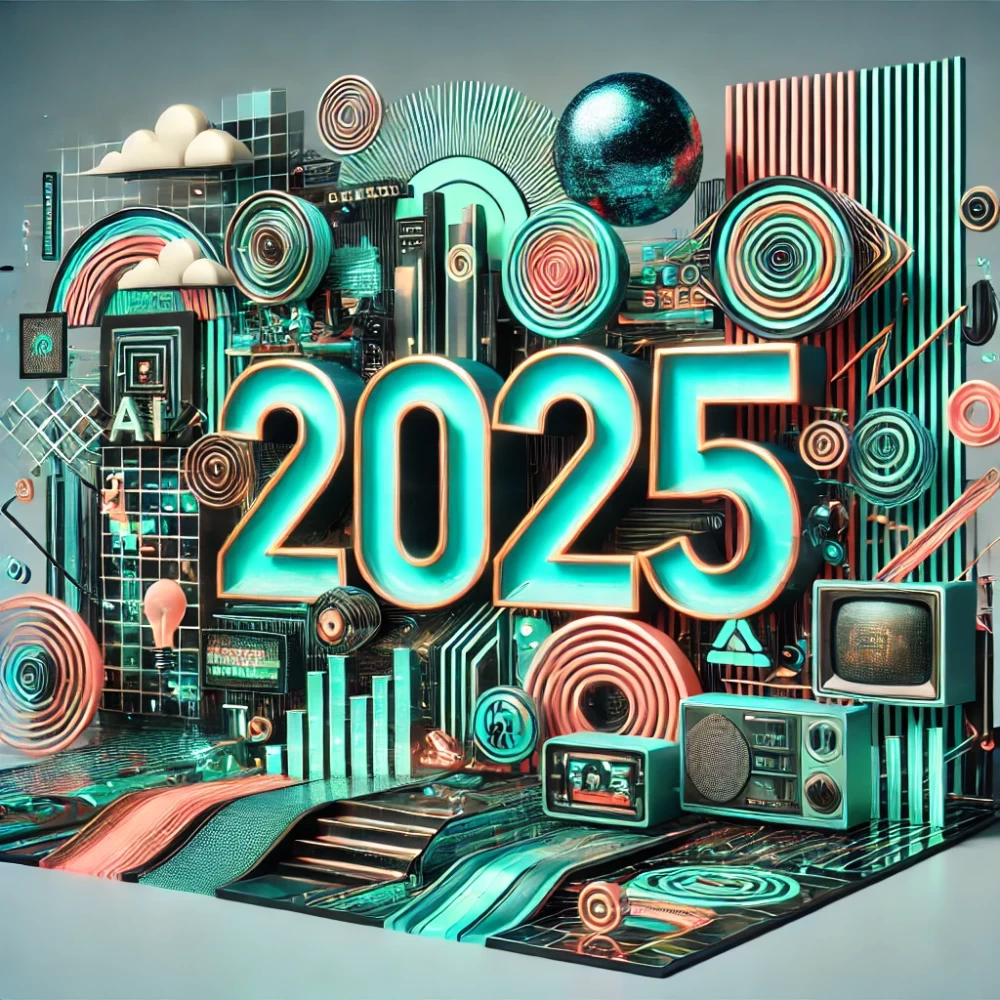The Evolution of Web Design: From Static Pages to Dynamic, Responsive Layouts
Web design has undergone a remarkable transformation since the inception of the World Wide Web. What began as simple, static pages has evolved into a dynamic, interactive experience with responsive layouts that adapt to a multitude of devices. This blog delves into the history of web design, exploring key milestones and trends that have shaped its evolution.
The Early Days: Static Pages and Basic HTML
In the early 1990s, the web was a nascent platform dominated by static HTML pages. These pages were simple, with limited functionality and minimal design. They consisted mainly of text, basic images, and hyperlinks, with a focus on delivering information rather than visual appeal.
- HTML and the Birth of the Web: HTML (HyperText Markup Language) was the foundational language for creating web pages. Early web designers had limited tools, and the design options were constrained by the basic HTML elements available at the time.
- The Advent of CSS: As web design progressed, CSS (Cascading Style Sheets) emerged in the late 1990s, allowing designers to separate content from presentation. This development enabled more sophisticated styling, including fonts, colors, and layouts.
The Rise of Multimedia and Flash
The early 2000s saw a shift towards more visually engaging web designs, driven by the introduction of multimedia elements and Flash technology.
- Flash Animation and Interactivity: Adobe Flash became popular for creating animated content and interactive elements. Websites featured dynamic animations, games, and rich multimedia experiences, though Flash often led to performance issues and was not always compatible with all devices.
- Early Attempts at Layouts: The use of tables for layout purposes became common, allowing designers to create more complex page structures. However, this approach was cumbersome and not ideal for creating flexible designs.
The Advent of Web 2.0 and Responsive Design
The Web 2.0 era, starting in the mid-2000s, marked a significant shift towards user interactivity and content management.
- Web 2.0 Innovations: The Web 2.0 movement emphasized user-generated content, social media, and interactive features. Websites began to incorporate blogs, forums, and social sharing buttons, enhancing user engagement.
- The Rise of Responsive Design: With the proliferation of smartphones and tablets, responsive web design emerged as a crucial trend. Pioneered by Ethan Marcotte in 2010, responsive design uses fluid grids, flexible images, and media queries to ensure that websites look and function well on any device.
The Mobile-First Revolution
As mobile devices became increasingly dominant, the focus of web design shifted to mobile-first approaches.
- Mobile-First Design: The mobile-first approach prioritizes designing for smaller screens before scaling up to larger devices. This method ensures that websites are optimized for mobile users, who represent a significant portion of web traffic.
- Progressive Enhancement: This technique involves building a basic, functional website for all users and then adding enhanced features for users with more advanced browsers or devices. It ensures a consistent experience across different platforms.
Modern Trends: AI, Minimalism, and Beyond
Today’s web design landscape is characterized by advanced technologies and evolving design philosophies.
- Artificial Intelligence in Design: AI tools are increasingly used for automating tasks like image recognition, content personalization, and predictive analytics. AI-driven design platforms can assist in creating layouts, optimizing user experiences, and analyzing user behavior.
- Minimalist Design: Minimalism continues to be a popular trend, emphasizing simplicity, clean lines, and ample white space. This design approach aims to enhance usability and focus user attention on essential content.
- Dynamic Content and Interactivity: Modern websites leverage technologies like JavaScript frameworks (e.g., React, Vue.js) to create dynamic, interactive experiences. Features such as infinite scrolling, real-time updates, and personalized content enhance user engagement.
- Voice User Interface (VUI): With the rise of voice-activated devices, VUI is becoming an integral part of web design. Designing for voice interactions involves creating interfaces that respond to voice commands and provide a seamless user experience.
Conclusion
The evolution of web design reflects broader technological advancements and changing user expectations. From static HTML pages to dynamic, responsive layouts, web design has continually adapted to new challenges and opportunities. As technology continues to advance, we can expect further innovations that will shape the future of web design, making it more interactive, personalized, and accessible than ever before.
Whether you’re a seasoned web designer or just starting out, understanding this evolution provides valuable insights into how to create effective and engaging web experiences in today’s digital landscape.




